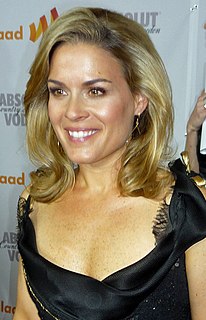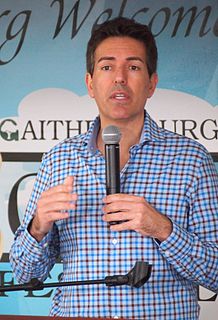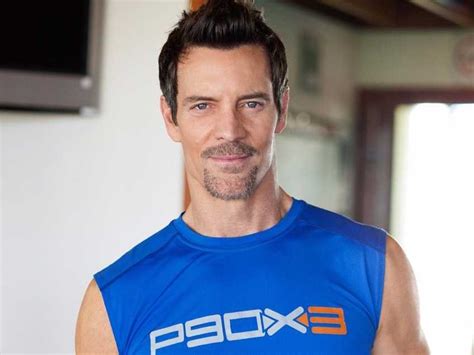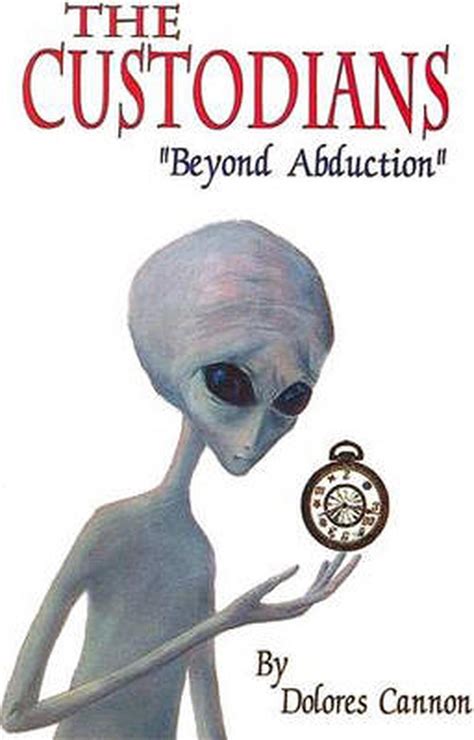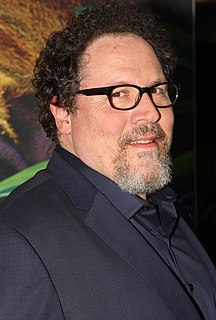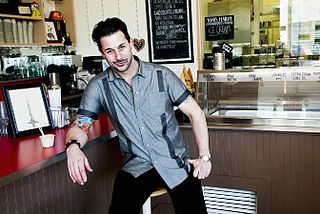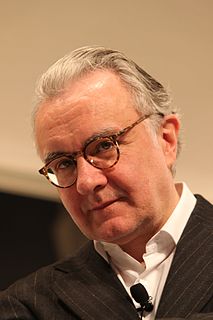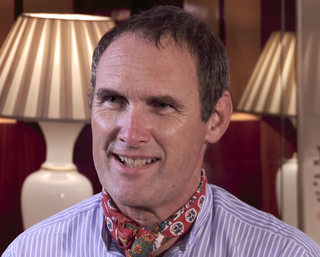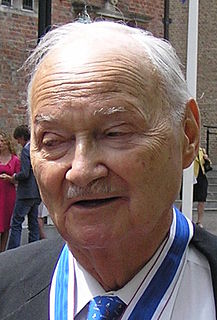A Quote by Kate Christensen
The New Nordic diet originated in 2004, when the visionary chefs Rene Redzepi and Claus Meyer called a symposium of regional chefs to address the public's increasing consumption of processed foods, additives, highly refined grains, and mass-produced poultry and meat.
Related Quotes
Following the devastating India Ocean tsunami of 2004, I founded Chefs for Humanity, modeled after Doctors Without Borders, but comprised of chefs. There wasn't anything out there like it, and there was a definite need for chefs to be able to offer assistance and aid to those suffering from hunger and/or malnutrition worldwide.
We believe in the Three Rs - reducing the consumption of meat and other animal-based foods; refining the diet by eating products only from methods of production, transport, and slaughter that minimize pain and distress; and replacing meat and other animal-based foods in the diet with plant-based foods.
As mass production has to be accompanied by mass consumption, mass consumption, in turn, implies a distribution of wealth ... to provide men with buying power. ... Instead of achieving that kind of distribution, a giant suction pump had by 1929-30 drawn into a few hands an increasing portion of currently produced wealth. ... The other fellows could stay in the game only by borrowing. When their credit ran out, the game stopped.
Throughout my work, my subjects are being told that they must change their diet in order to make the adjustment into the new world. Our bodies must become lighter, and this means the elimination of heavy foods. During the sessions, my clients are repeatedly warned to stop eating meat (beef and pork especially), mainly because of the additives and chemicals that are being fed into the animals.
The ideal human diet looks like this: Consume plant-based foods in forms as close to their natural state as possible (“whole” foods). Eat a variety of vegetables, fruits, raw nuts and seeds, beans and legumes, and whole grains. Avoid heavily processed foods and animal products. Stay away from added salt, oil, and sugar. Aim to get 80 percent of your calories from carbohydrates, 10 percent from fat, and 10 percent from protein.
Developed and benefited from the unsustainable patterns of production and consumption which have produced our present dilemma. It is clear that current lifestyles and consumption patterns of the affluent middle class-involving high meat intake, consumption of large amounts of frozen and convenience foods, use of fossil fuels, appliances, home and work-place air-conditioning, and suburban housing-are not sustainable. A shift is necessary toward lifestyles less geared to environmentally damaging consumption patterns.

